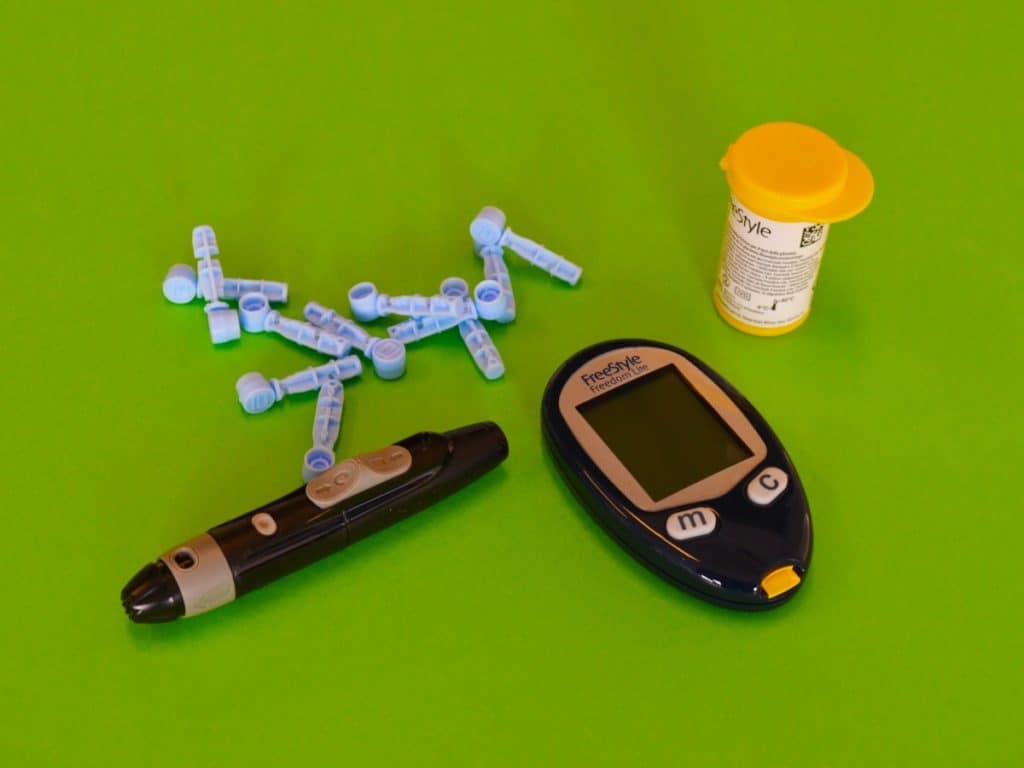If you or a loved one has recently been diagnosed with diabetes, you may be wondering what you can do to lower your A1C levels and reverse the condition. In this article, I will outline four simple steps that can help you manage your diabetes and improve your overall health.
Step 1: Eat a Healthy Diet

One of the most important things you can do to lower your A1C levels and reverse diabetes is to eat a healthy, balanced diet. This means avoiding foods that are high in sugar and carbohydrates and instead focusing on lean proteins, healthy fats, and complex carbohydrates. Some good food choices for diabetics include:
- Lean proteins such as chicken, fish, and tofu
- Healthy fats such as olive oil, avocado, and nuts
- Complex carbohydrates such as whole grains, fruits, and vegetables
Step 2: Exercise Regularly

When it comes to exercise, strength training is an effective way to lower A1C levels and reverse diabetes. Strength training can improve insulin sensitivity and glucose metabolism, which are essential for regulating blood sugar levels.
Strength training includes exercises that use resistance, such as weight lifting, bodyweight exercises, and resistance bands. These exercises can help build muscle mass and increase strength, which in turn can improve insulin sensitivity and glucose metabolism.
Incorporating strength training into your exercise routine can be as simple as doing bodyweight exercises such as push-ups, squats, and lunges at home. You can also incorporate weights or resistance bands for added challenge.
While cardio exercise is also important for overall health, it may not have as much of an impact on lowering A1C levels as strength training. However, if you enjoy cardio activities such as walking, running, or cycling, feel free to include them in your routine alongside strength training. Just be sure to prioritize strength training as the main focus of your exercise routine for maximum benefits in lowering A1C levels and reversing diabetes
Step 3: Get Quality Sleep

Getting enough quality sleep is crucial for regulating blood sugar levels and reducing insulin resistance. Aim for 7-9 hours of sleep per night and establish a consistent sleep schedule. Create a sleep-conducive environment by keeping your bedroom cool, dark, and quiet. Avoid caffeine and alcohol before bedtime, and limit screen time before bed as well. Additionally, managing stress levels through relaxation techniques such as meditation or yoga can improve the quality of your sleep. Remember, quality sleep is an important piece of the puzzle when it comes to lowering your A1C levels and reversing diabetes.
Step 4: Reduce Stress

Stress is a major contributor to high blood sugar levels, so it’s important to find ways to manage and reduce stress in your life. When we experience stress, our body produces hormones that can increase blood sugar levels. Chronic stress can also make it harder to manage blood sugar levels over time.
To reduce stress, try practicing relaxation techniques such as deep breathing, meditation, or yoga. Engage in activities that you enjoy, such as reading, listening to music, or spending time with loved ones. Additionally, make sure you are getting enough rest and taking time for yourself each day to recharge and unwind. By managing stress effectively, you can help keep your blood sugar levels in check and improve your overall health
Step 5: Monitor Your Blood Sugar Levels
Monitoring your blood sugar levels is crucial for managing diabetes and preventing complications. Your doctor will likely recommend that you check your blood sugar levels several times a day, especially before and after meals. This will help you understand how your diet and exercise habits are affecting your blood sugar levels and allow you to make any necessary adjustments.

Step 6: Take Medications as Directed
In some cases, your doctor may recommend that you take medications to help manage your diabetes. This might include insulin injections or oral medications that help your body use insulin more effectively. It is important to take these medications exactly as directed by your doctor to ensure that you are getting the most benefit from them.
In conclusion, there are several steps you can take to lower your A1C levels and reverse diabetes. By eating a healthy diet, exercising regularly, monitoring your blood sugar levels, and taking medications as directed, you can take control of your health and improve your quality of life. If you have any questions or concerns about managing your diabetes, be sure to speak with your doctor or a certified diabetes educator.

